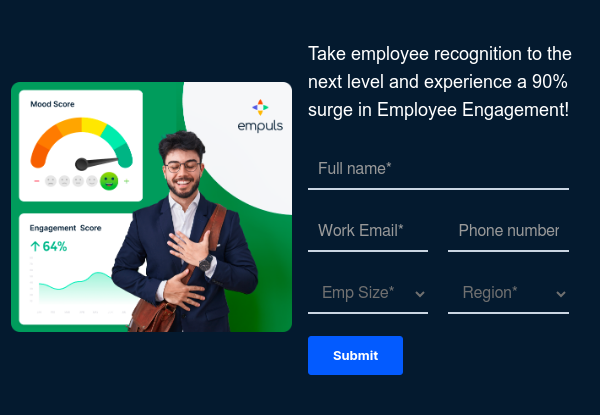What is an employee points system?
An employee points system is an incentive program which helps recognize and reward employees for their contributions, achievements, and behaviors that align with an organization’s goals and values.
Under this system, employees earn points for completing specific tasks, reaching performance milestones, participating in company initiatives, or exhibiting desirable workplace behaviors. The employee points system functions as a motivational tool that encourages positive behaviors and enhances engagement within the workforce.
By assigning tangible rewards to specific actions, organizations can create a clear connection between employee efforts and recognition. This system not only promotes accountability and productivity but also fosters a sense of belonging and appreciation among team members.
























